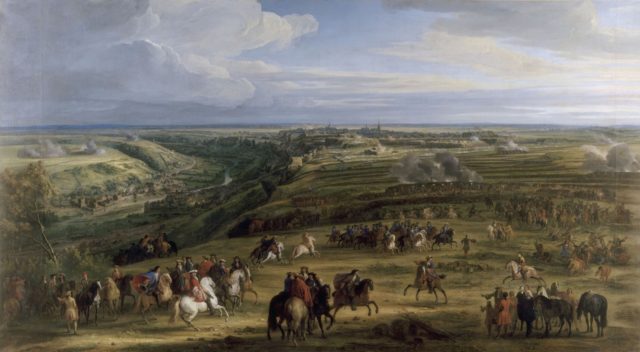Early Adulthood
Upon Mary’s death in 1482 Luxembourg and the rest of the Burgundian lands, were officially admitted as an inexorable part of the domains of the House of Habsburgs. They were ruled initially by Philip the Handsome (Mary’s son) until his death in 1506, when his father Emperor Maximilian I took over again until Philip’s son, Charles V came of age.
In 1542 during one of the many military conflicts between the Habsburgs and the French, the troops of the Duke of Orleans Charles II de Valois invaded Luxembourg and conquered the fortress which remained under French control for a short period of time before it was reconquered by the Habsburgs later that year. Around 1545 Italian and Dutch engineers under the orders of Charles V, built the first bastions linked by curtain walls, on the site of the current Boulevard Roosevelt & Boulevard Royal, enlarged the fortress’s moat from 13 to 31 meters and added new defensive ravelins that made Luxembourg one of the strongest forts in Europe.
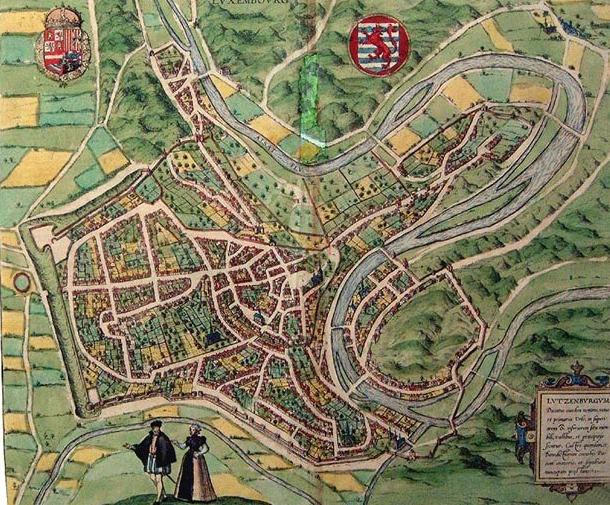

In 1549 Emperor Charles V issued a Pragmatic Sanction which determined that the Seventeen Provinces of the Low Countries, (a large part of the Burgundian lands of which Luxembourg was also a part of) would remain united in the future and inherited by the same monarch.
After Charles V’s abdication in 1555 his realms were divided between his sons Philip II, King of Spain and Ferdinand I, Holy Roman Emperor with the 17 Provinces going to the King of Spain Philip II.
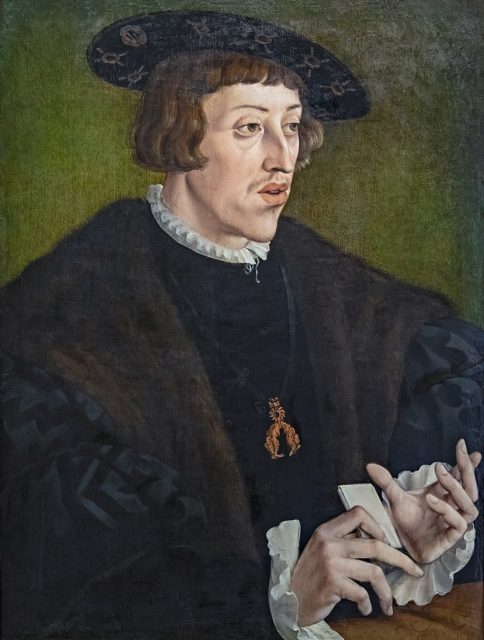
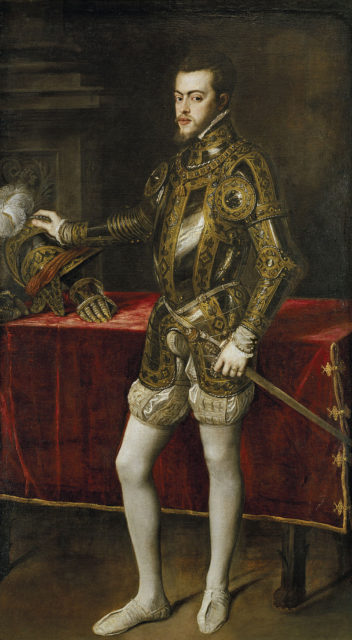

Conflicts between Philip II and his Dutch subjects led to the Eighty Years’ War which started in 1568.The seven Northern provinces gained their independence as a Republic called the Seven United Provinces (later the Dutch Republic) while the Southern Provinces among them the Duchy of Luxembourg were restored to Spanish rule and became known as the Spanish Netherlands.
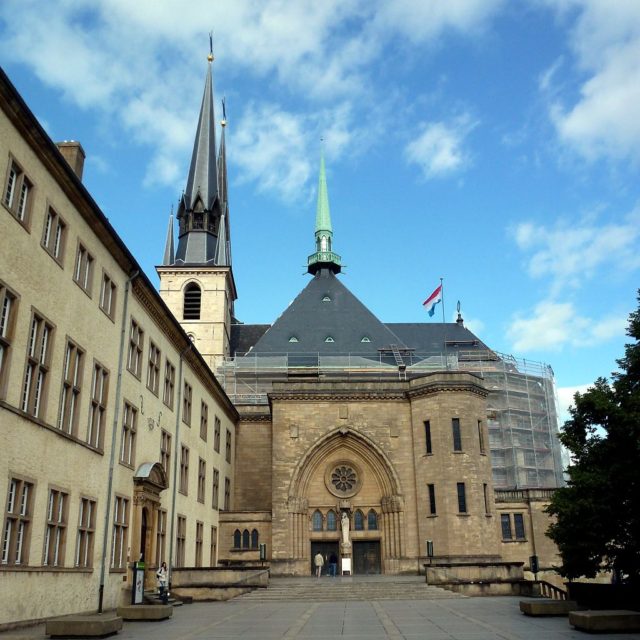
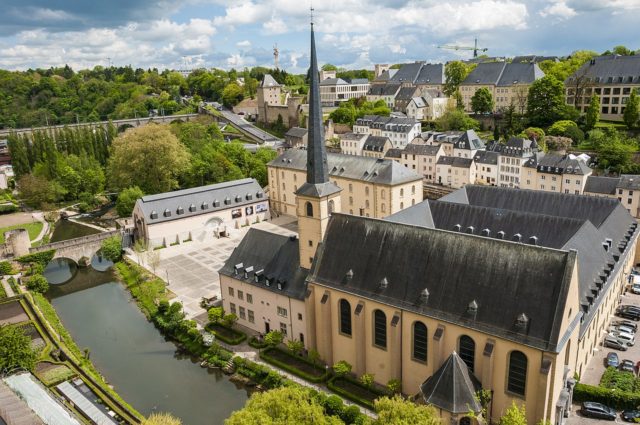
With the religious war between Catholics and Protestants raging, the Spaniards tried vehemently to strengthen the Catholic faith in the city with the establishment of new religious institutions, such as the Collège des Jésuites in 1603, the Neumünster Abbey in 1606, the Church of Notre Dame in 1613 and the Capuchin monastery in 1623. In 1644 the first tunnels below the old castle were constructed, while after 1672 under the threat of an imminent French attack, several fortified towers were added above the Glacis.


The defensive constructions of the Spanish did not prove to be sufficient when in 1683 the troops of the French King Louis XIV under the orders of the renowned commander and military engineer Sébastien Le Prestre de Vauban invaded Luxembourg and captured the Bock after a month-long siege that left the fortifications completely flattened.

